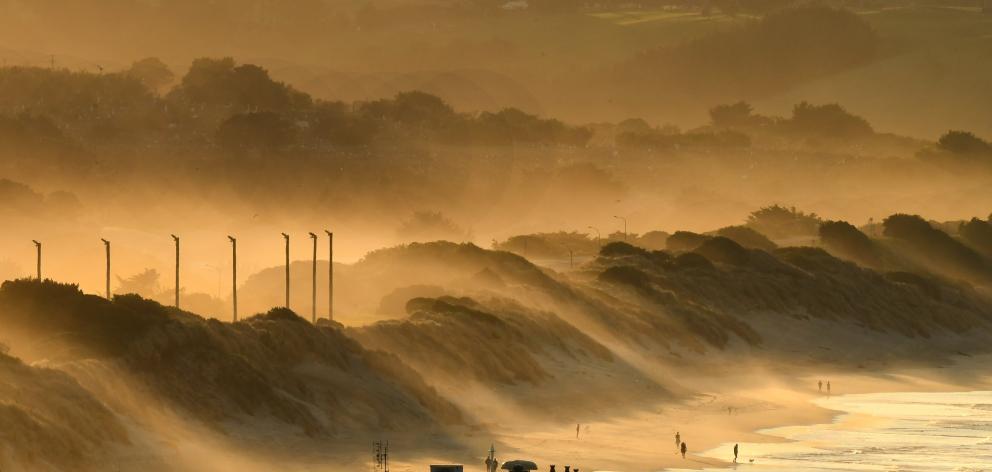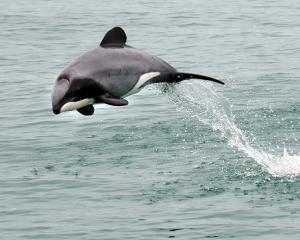
That was one of the messages shared at the South Dunedin Hui yesterday, a meeting between members of the public and professionals working on mitigating the effects of climate change in the suburb.
The risks of flooding, how climate change affected the area and what that would mean for homeowners were all addressed at the meeting.
GNS Science principal scientist Dr Simon Cox, Dunedin City Council infrastructure and development general manager Simon Drew and South Dunedin Future programme manager Jonathan Rowe presented to a crowd of about 50 and answered questions from the audience.
The presentations were followed by a panel discussion.
Dr Cox compared the issue to a game of Space Invaders.
As problems were solved, new issues came about at a higher level and became increasingly more complex.
Problems such as marine inundation and rising groundwater levels would compound, making solving them continuously more difficult.
Most important of all were the social factors.
The suburb was essential to the function of the city and any negative effects would harm all people in Dunedin, he said.
It was "not a South Dunedin issue," but one that affected everyone.
But social factors also affected what approach could be taken, as creating a solution meant running the risk of introducing negative effects, such as marginalising neighbourhoods.
Mr Drew provided an overview of the plan for St Clair, St Kilda and Middle Beaches and explained the latest updates.
In the coming weeks drilling would take place near Middle Beach to determine the exact size and location of the former Kettle Park landfill.
The underground landfill posed a hazard to some methods of risk mitigation, as there was no way of knowing exactly how large it was or if it would be exposed by storms if changes were made to the area.
Members of the audience were eager to hear the solutions to more immediate and practical questions, such as what would be done with the damaged infrastructure at St Clair.
Mr Drew said engineers had been consulted and were determining if damaged infrastructure, such as the broken steps, could be removed with no negative effects.
There was a budget for removing damaged infrastructure and it was something the council was thinking about, he said.
Answering a question about the future of the sand sausages, he said the council was determining how much life the sausages had left and if it would be more effective to replace all of them at once or just the damaged ones.












